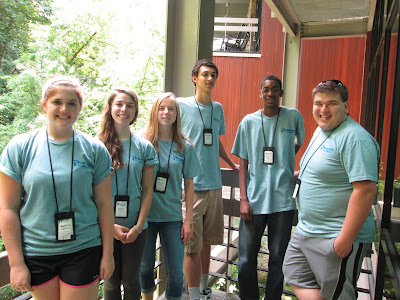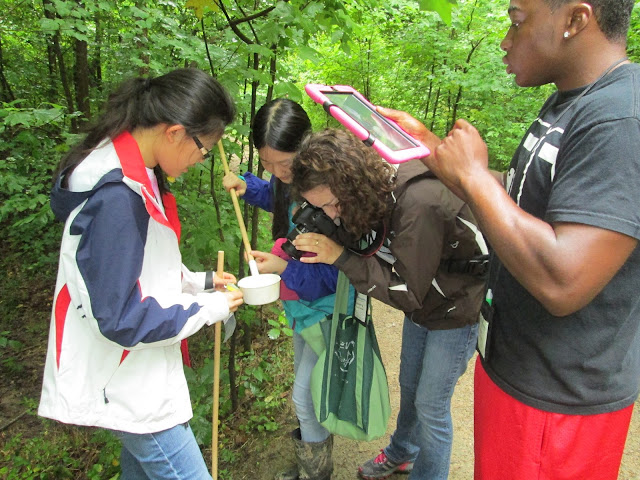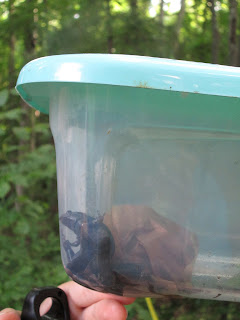Fried Up - You Really Can Eat Kudzu

By Lila Welsh When life gives you kudzu, fry it! The invasive species group has been trying some new ways to get rid of an invasive species. Kudzu is an invasive species. An invasive species is one that is introduced into an area and has no natural predators and is a generalized species, which means it can live in all kinds of environments. It seems nowadays in North Carolina that kudzu can be found in every forest. The kids in the invasive species group have found a way to help control the invasive kudzu. Eat it! The invasive plant is delicious when fried and is an innovative way to control a problem plant. The class is also thinking of preparing other kudzu dishes for the final festival such as kudzu salsa, kudzu quiche, and even a tenderloin with a kudzu sauce! "It's a bad plant that tastes good." -Grey Dorsett, Summit Camper Photo by: Morgan King















